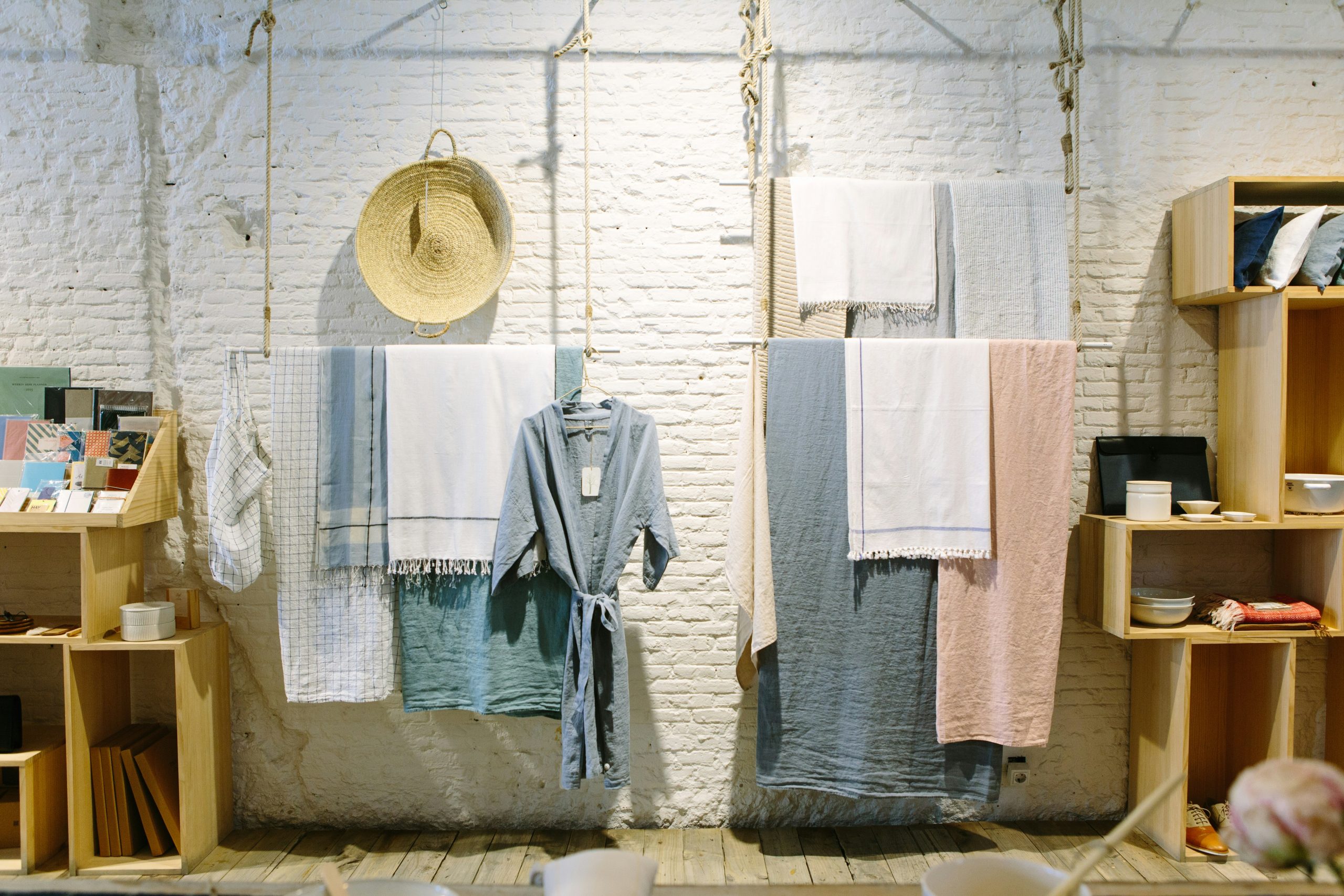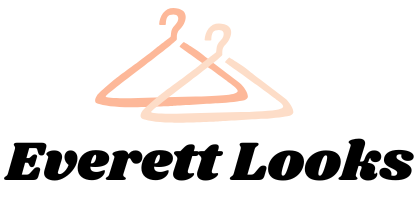The Evolution of Fashion and Apparel: From Function to Style

Fashion and apparel have always been an integral part of human society, serving both practical and aesthetic purposes. Throughout history, clothing has evolved from a basic need for protection and warmth to a form of self-expression and social status. This evolution has been influenced by a myriad of factors, including cultural norms, technological advancements, and economic trends.
In ancient times, clothing was primarily used for its functional purposes. People wore garments made from natural materials such as animal skins, plant fibers, and leather to protect themselves from the elements and predators. These early forms of clothing were simple and utilitarian, designed to provide comfort and protection rather than to make a fashion statement.
As societies became more complex and interconnected, clothing began to take on symbolic meanings and social significance. In many cultures, certain garments were reserved for specific occasions or classes of people, serving as markers of identity and status. For example, elaborate robes and headdresses were worn by royalty and nobility to demonstrate their wealth and power, while simple tunics and sandals were worn by commoners and slaves.
The Industrial Revolution of the 18th and 19th centuries marked a significant turning point in the history of fashion and apparel. Mass production techniques enabled clothing to be made more quickly and affordably, allowing for greater variety and accessibility. This led to the rise of department stores and fashion magazines, which played a crucial role in shaping consumer tastes and trends.
The 20th century saw the emergence of modern fashion as we know it today, with designers such as Coco Chanel, Christian Dior, and Yves Saint Laurent revolutionizing the industry with their innovative designs and marketing strategies. The post-war period brought about a new era of optimism and prosperity, leading to a boom in consumer culture and the rise of fast fashion.
Today, fashion and apparel continue to evolve at a rapid pace, driven by technological innovations such as 3D printing, wearable technology, and sustainable materials. The rise of social media has also played a significant role in shaping trends and influencing consumer behavior, with influencers and celebrities often setting the agenda for what is considered fashionable.
Despite these advancements, the fashion industry faces many challenges, including ethical concerns such as labor exploitation, environmental impact, and cultural appropriation. As consumers become more conscious of these issues, there is a growing demand for transparency and accountability from brands and retailers.
In conclusion, fashion and apparel have come a long way from their humble origins as basic necessities to their current status as symbols of creativity and self-expression. As we look to the future, it is important for the industry to continue to innovate and adapt to changing social, economic, and environmental landscapes in order to remain relevant and sustainable.
